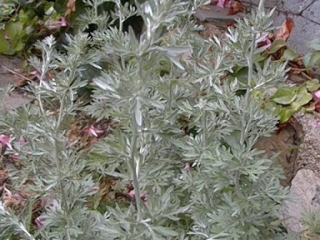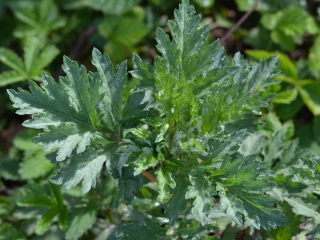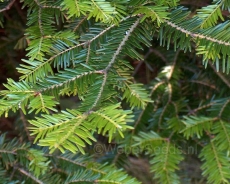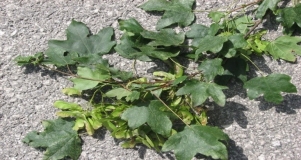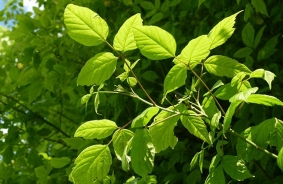Common mugwort Artemisia vulgaris
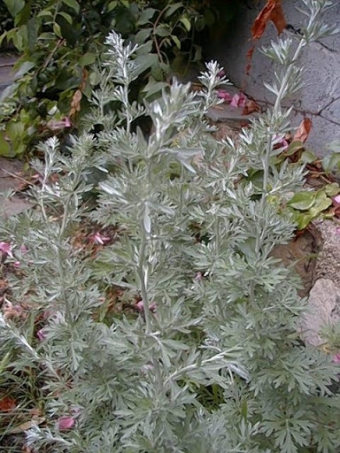
Features
Perennial.
| Species | Perrenial |
| Living space | Cultivated areas, Field, Meadow, Treeline |
| Size | 100-250 cm |
Description
It grows from 100 to 250 cm high and has a strongly branched stem, which is often red in color. The leaves are pinnately divided, shiny dark green above and densely hairy and white felted below. The flowers, small oval baskets grouped in branched lanceolate inflorescences, develop in summer as the common mugwort blooms from July to mid-September. It is pollinated by wind and the pollen is tricolporate, round to slightly elongated and has a diameter of 18 to 23 μm. The common mugwort grew wild in Europe and Asia, and later spread throughout North America. It has been used in folk medicine to help the kidneys and circulatory system, digestive disorders, menstrual problems, diarrhea, intestinal cramps, vomiting, jaundice, as well as in the treatment of melancholy, depression, heart failure, and is also supposed to protect against lung disease, cleanses the gastrointestinal tract and internal organs. Root dust is said to cure even epilepsy and hysteria, according to some sources. In many traditional medicines, mugwort preparations are used against infections with worms and other parasites in the gastrointestinal tract. It contains the toxin thujone, which in excessive amounts and over a long period of time can lead to vomiting, abdominal cramps, headaches, dizziness and central nervous system disorders.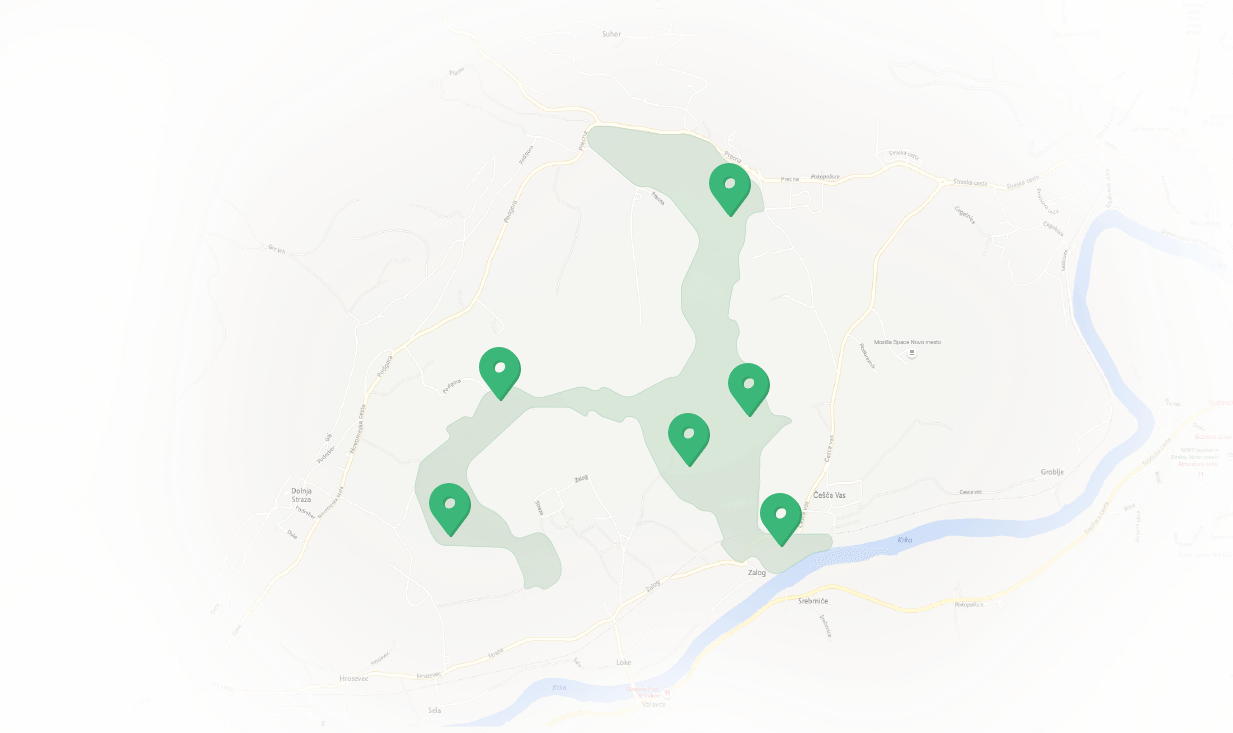
Features Temenica (3)
SPECIAL ogr.

